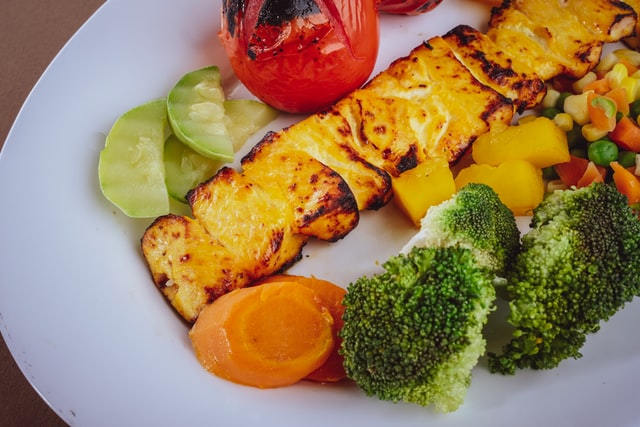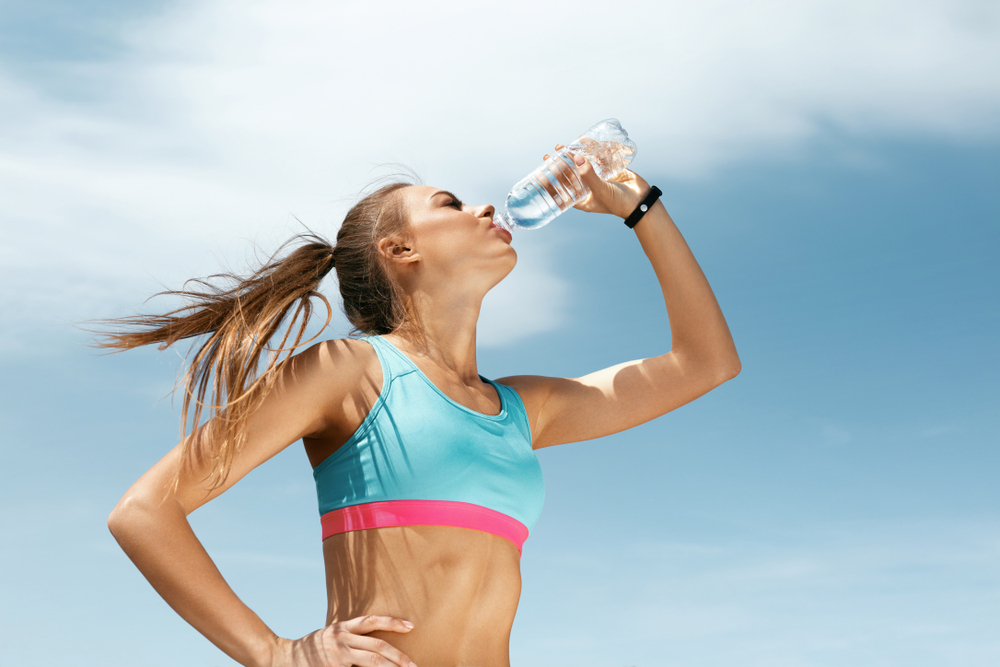Nutrient stores allow the body to adapt and manage the ongoing energy needs of athletes. This article explains how to achieve dietary balance through the eating pattern in an athlete.
Carbohydrates
Carbohydrates represent about 60% of the general calorie intake. For the nervous system, carbohydrates act as an energy source. In fact, the brain alone consumes 20% of the daily carbohydrate intake.
Carbohydrates are mainly stored in the liver and in muscle cells in the form of glycogen: this is called glycogenogenesis. The liver can synthesise up to 15 grams of glycogen per hour and store about 100 grams.
Muscles can synthesise 0. 15 g/kg/hr and store between 1. 5 g and 2. 2 g/100 g of muscle, taking into account a normal diet.
Lipids
Lipids are stored in the human body in the form of triglycerides located in the adipose tissue, which is made up of cells: the adipocytes specialised in this function.
The storage of lipids is carried out thanks to the adipose tissue which synthesises triglycerides from fatty acids resulting from digestion and from glycerol produced from glucose.
When we eat a meal with a high glucose level, the proportion of glucose converted into glycerol for triglyceride synthesis increases. An excess of glucose will lead to fat overload in the long term. On the other hand, a lack of glucose does not allow any storage of dietary fatty acids.
How and when to take L-Carnitine?
L-Carnitine plays a role in muscle recovery and therefore indirectly has an essential role in sports performance. It is recommended to consume a dose of 1000 to 3000 mg with each intake of L-Carnitine. It can be taken with meals, before and after training.
When combined with carbohydrates, its ergogenic (doping) powers are increased tenfold.
You can therefore take your L-Carnitine supplement with a small amount of fast-acting carbohydrates to increase the results of its action on your body. Maltodextrin or dextrose of 60 g is more than sufficient. Note that L-Carnitine can also be combined with Whey Protein or BCAA's for more effects.
Protein
The body stores less protein. On the other hand, there is a sort of reserve of amino acids in the cytoplasm, called the "amino acid pool". This allows us to meet an immediate protein requirement.
Use of reserves
The high utilization of glucose by the organs can lead to a drop in blood glucose levels. However, this can be compensated for by the liver releasing glucose into the bloodstream.
In fact, glycogen stores, glycogenolysis in the liver, can be used for resting energy needs for about ten hours. Muscle glycogen from a body part is only used for that specific body part.
For lipids, adipose tissue can release glycerol and fatty acids.
Protein undergoes a breakdown during intense exercise or fasting that will release amino acids. Some of these acids will be converted into glucose.
The transformation also takes place under hormonal control.
Required feeding method
The way an athlete eats is one of the determining factors of his performance and health.
In contrast to a non-sporting person, the athlete undergoes significant variations in activity, ranging from the preparation phase to complete rest, alternating very intense phases with periods of recovery.
These variations in periods lead to different nutritional needs during preparation. Food must be managed in the same way as training. It must be adapted to the energy expenditure associated with training, so that the energy, functional and structural substrates are appropriate for the efforts made.
A specific diet must be used for each period of the season. Five main periods can be classically identified for the annual training plan:
- the off-season
- general physical preparation
- specific physical preparation
- the pre-competitive period
- the competitive period
During the rest phases, it is important to know that strength training, due to the structural catabolism imposed, will lead to overcompensatory anabolism during the rest phases. A high level of training therefore requires an additional nutritional intake.
A balance between carbohydrates and proteins, without forgetting the fat intake, is essential.
How do nutrient stores work?
For a strength athlete, nutrient intake should be distributed as follows:
- carbohydrates 40%
- protein 40%
- fat 20%
Animal proteins should be preferred. In fact, animal proteins have a higher biological value than vegetable proteins, particularly in terms of the balance of essential amino acids (ratio of 2:1).
Proteins are non-replaceable plastic elements that contribute to the general structure of the body.
Apart from proteins, slow sugars are an indispensable energy fuel that strengthens the body during training. They are essential factors in the functioning of the nervous system, and help to limit the degradation of tissue proteins.
As for lipids, they are essential for the development of body strength and for maintaining performance levels (particularly linoleic and alpha-linolenic acid).
In men in particular, when fat intake is less than 20% of total caloric intake, testosterone production decreases. On the other hand, when the diet is balanced and adapted to the needs of the athlete, there are generally no deficiencies in minerals and vitamins.
In female athletes, during the menstrual period, the body eliminates a large quantity of minerals, mainly zinc and iron. The nutritional requirements must therefore be adapted to this.



